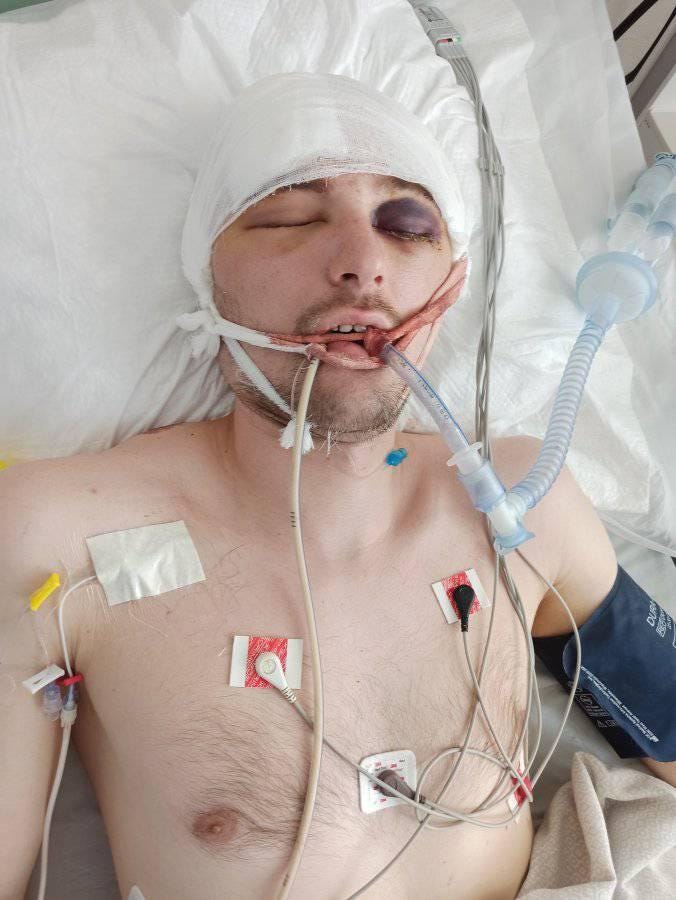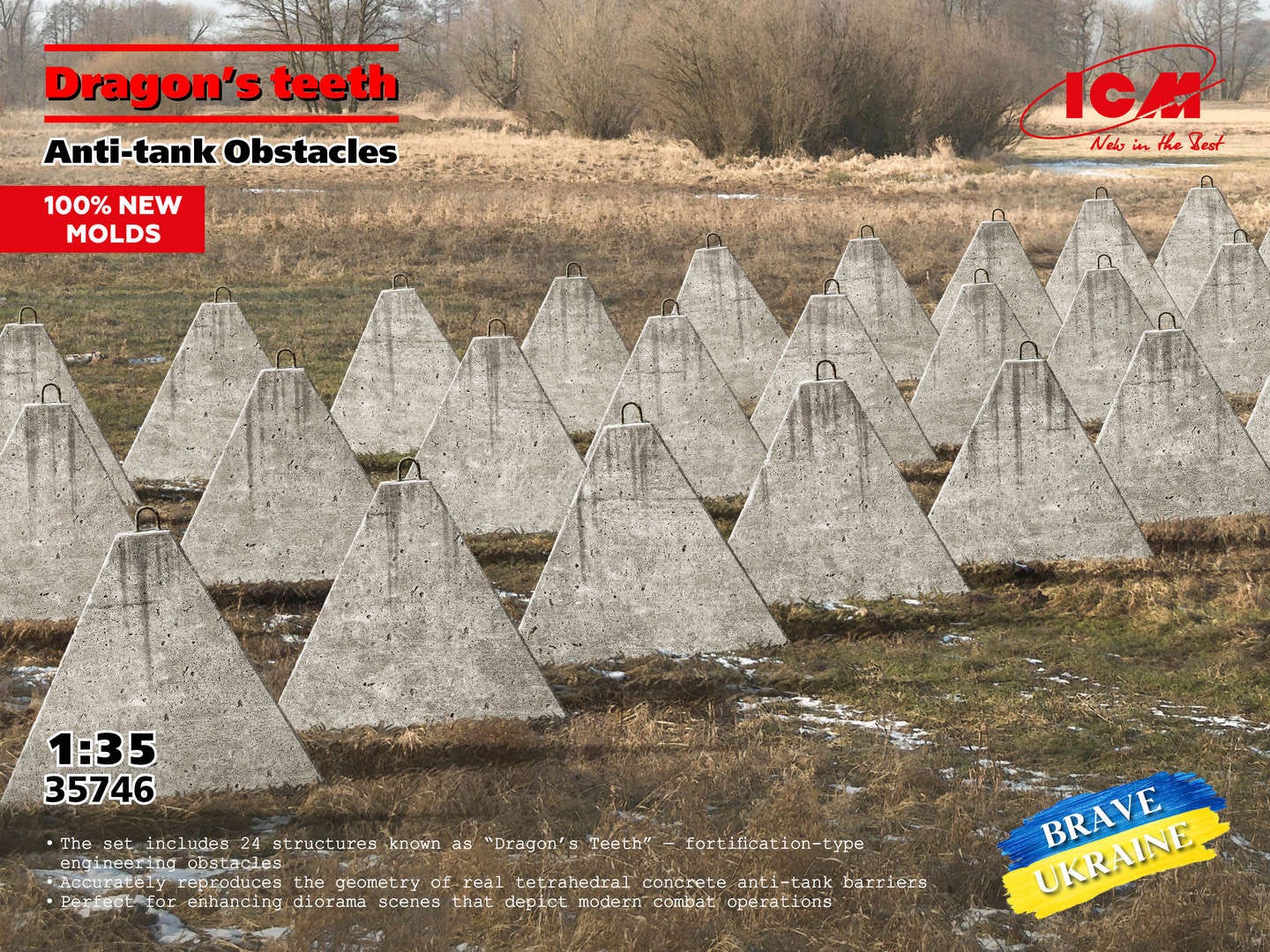Torture, fortifications, mobilized priests
June war update. Sumy and Dnepropetrovsk. DJ technocrat
Today we’ll be taking a look at the latest events on the frontlines. But first, a glimpse at the human material the war consumes. In some of these mobilization stories, the reader will be able to understand why nationalist thought-leaders constantly worry that anti-nationalist political sentiment is likely to explode if wartime censorship is ever lifted.
This video was published on June 18, showing mobilization officers (TSK) dragging an unconscious man into one of their infamous minibuses in the Kyivan suburb of Brovary:
On June 16, a mother in the Lutsk region posted the following to facebook:
Max is in critical condition!
He needs helpMany of you know my son, Max Muzycka, as a military volunteer, athlete, and a good person
From his wife’s words:
On June 10, in Lutsk, he was detained by representatives of TSK [mobilization authorities - EIU] right on the street. Without the police or checking his documents. They sprayed gas in his eyes and took him to the regional TSK centre in Lutsk.
A day later, without a medical examination, he was transported to a training ground in the Lviv region.
On June 12, he stopped responding to messages.
Thanks to geolocation, I saw that he was being taken to St. Panteleimon Hospital in Lviv.When I arrived, I found out that he was already on the operating table in critical condition.
Diagnoses: open traumatic brain injury, subdural and epidural hematomas, multiple hemorrhages.
Two surgeries have already been performed.
A criminal investigation has been opened.
His condition is very serious.
Naturally, the TSK denies any responsibility, and implied that he was beaten at the military base, and not during his mobilization.
Beatings are endemic in the army, whether it’s during the mobilization process or at the front. On June 13, the western-funded publication suspilne reported on yet another military torture-extortion scheme. The victim, Ruslan, had been sent to the 57th brigade in May 2024, and suffered from abuse from that point onwards:
I was mobilized. Isigned a contract with the 57th Brigade. Our assignment was the Kharkiv region, Vovchansk. When we first arrived, the command seemed normal. Then they started denying medical treatment. I didn’t receive the contract signing bonus—no one in our brigade got a single penny beyond the regular salary. The guys are waiting for combat missions, but the command took a different approach—they started using physical violence: beating soldiers, locking them in car trunks. The commanders have certain servicemen whom they ask to carry out the beatings.
He was able to escape by deserting in January, where he was able to get the medical treatment his unit had denied him. He then returned, but only spent a day there:
"I saw how they kept beating the guys — they were bruised, and there are video recordings. We had a case where someone set fire to a military police officer’s car because he constantly beat the guys. So the next day, as soon as it got dark, I turned around and left. I started receiving threats because I had deserted. They decided to teach me a lesson — one of them came up and said: 'I’ll slit your throat.' Many of the guys said that the political officer was sending people after me to punish me for deserting
Meanwhile, even priests are being mobilized, as this June 18 video from the Chervonohrad region shows.
Or rather, especially priests. Churchmen from the Ukrainian Orthodox Church (Moscow Patriarchate), the main church in the country until Poroshenko created a rival nationalist church in 2016 - the Orthodox Church of Ukraine. Their priests, in contrast, can be seen blessing the troops at nationalist marches.
On June 14, videos of another mobilized priest in Odessa appeared. The Odessa Eparchy wrote the following:
Despite his age and poor health, as well as the canonical prohibition against bearing arms and the legal impossibility of being mobilized, the clergyman has been and continues to be pressured to sign a military service contract — with threats and psychological pressure applied, as he is transported between various branches of the Territorial Recruitment Centers and military units in Odesa region and across Ukraine,
The following day, Odessa’s mobilization authorities confirmed that a priest by the name of Aleksandr Moskovchuk had been mobilized. They claimed it had been his own choice to join the army.
Meanwhile, in the capital, presidential advisor and prominent player in Russiagate Serhiy Leshchenko, aka ‘DJ Technocrat’, played a new club set.
And on the Warsaw front, nationalist rockstar Svyatoslav Vakarchuk played a concert.
Unlike the likes of Ruslan from the 57th, the fact that Vakarchuk officially holds the status of Captain in the Armed Forces of Ukraine doesn’t prevent him from leaving the country. Frontline journalist Volodymyr Boiko covered this important military event on June 10:
Under the heading “Our Service Is Both Dangerous and Difficult.”
Captain of the Armed Forces of Ukraine Sviatoslav Vakarchuk is conducting a training session with subordinate personnel at a training ground in Poland.
It is said that, in order to ensure Captain Vakarchuk would return after his overseas deployment, the commander of the military unit confiscated his combatant ID and salary card as collateral.
I would also add that Vakarchuk, who was once named by Francis Fukuyama as the ideal president for Ukraine, also has a brother who works in the mobilization authorities (TSK, or Territorial Recruitment Centres). This was uncovered after an incident when Vakarchuk’s fans were violently mobilized at one of his concerts in mobilized.
Despite all this, the TSK just can’t seem to supply enough men to keep up with losses. On June 16, parliamentarian Yuriy Kamelchuk from the ruling Servant of the People party stated that mobilization only covers ‘a maximum of 20-25% of the mobilization needs of the army’.
He also criticized the work of the TSK, saying they take “just anyone.” In particular, he mentioned cases where fathers of four or six children have been mobilized, despite the fact that this is officially prohibited:
“If we sometimes see even guys with prosthetic limbs, who have the proper documentation, being taken to the TRC and told, ‘We’ll sort it out there.’ They’re just working to meet some sort of quota,”
The front
Now, let’s have a look at how all this is affecting the frontlines.
Ukrainian military telegram Officer summed up the situation on the front with the following June 11 post:
The two hottest spots on the entire front right now are the Sumy region and the southern flank of the Pokrovsk direction near the settlement of Komar.
What’s notable is that in both places, due to various reasons (mostly certain issues and fuck-ups on our part), the enemy is achieving some successes and making advances almost daily.
One of the main debates we will explore today is whether Ukrainian retreats have moreso been due to manpower deficits or badly-constructed fortifications. We’ll take a look at how these factors have been affecting the frontlines in the Sumy and Donetsk/Dnepropetrovsk fronts.
The military blogger Officer had a particularly interesting post on May 31 about how the creation of vast ‘kill zones’ by the development of drone warfare has rendered previous fortification structures useless. For those interested in the topic of kill zones, I wrote about them here.
The need for a new defensive fortification concept. I increasingly observe the worthlessness of built engineering structures in Sumy and Donetsk regions (though when they were being built in some areas in late 2023 - early 2024, it was relevant).
Combat tactics have changed radically over the past year. I recall the words of Madyar and Flash [two well-known drone experts in the Ukrainian army - I wrote about Madyar here, and Flash here - EIU] in 2024, who said that in the relatively near future (up to 1 year), 10 km on both sides of the frontline would become dead zones, and soldiers would gradually start digging underground.
Unfortunately, no one here is going underground properly, maybe that's our problem, while kill zones up to 15 km exist and, no matter how you look at it, we still need to move through them.
Light motor and auto transport dominates the battlefield instead of armor (which the enemy has run out of), accordingly we need to plan and create a completely new concept of defensive structures.
Keep reading with a 7-day free trial
Subscribe to Events in Ukraine to keep reading this post and get 7 days of free access to the full post archives.










